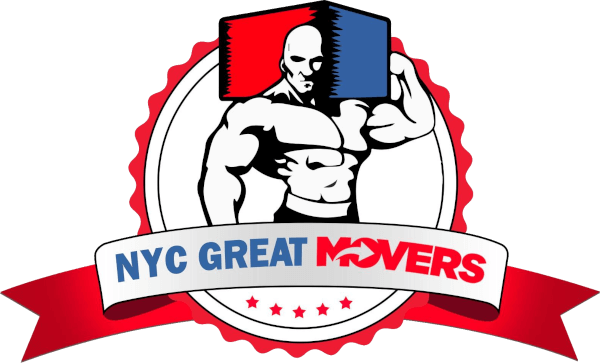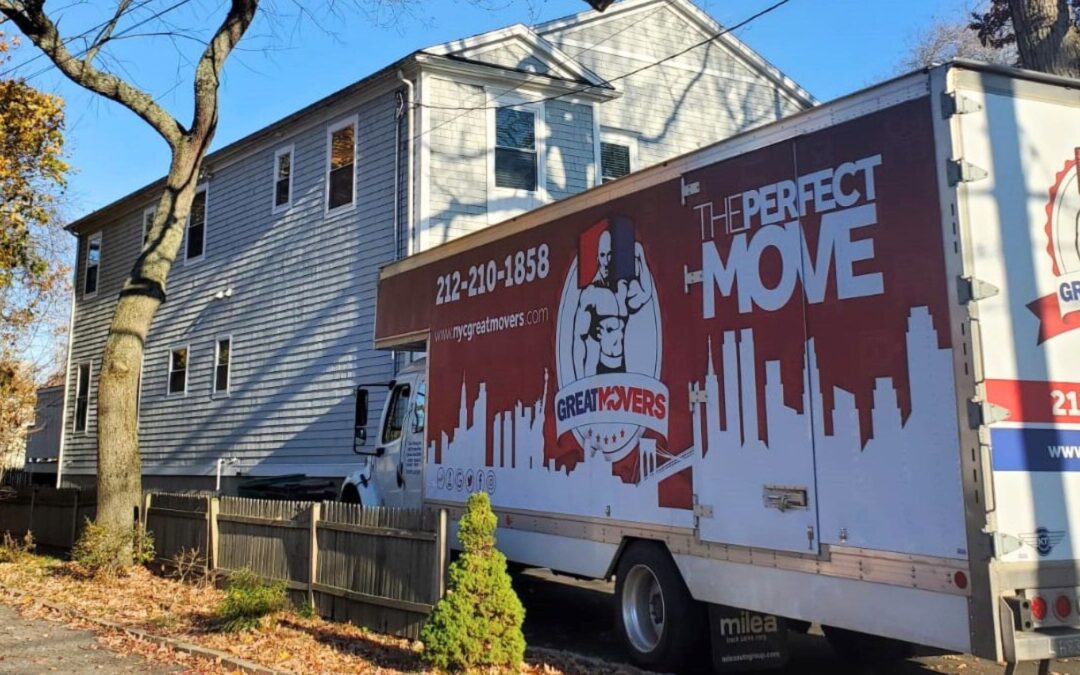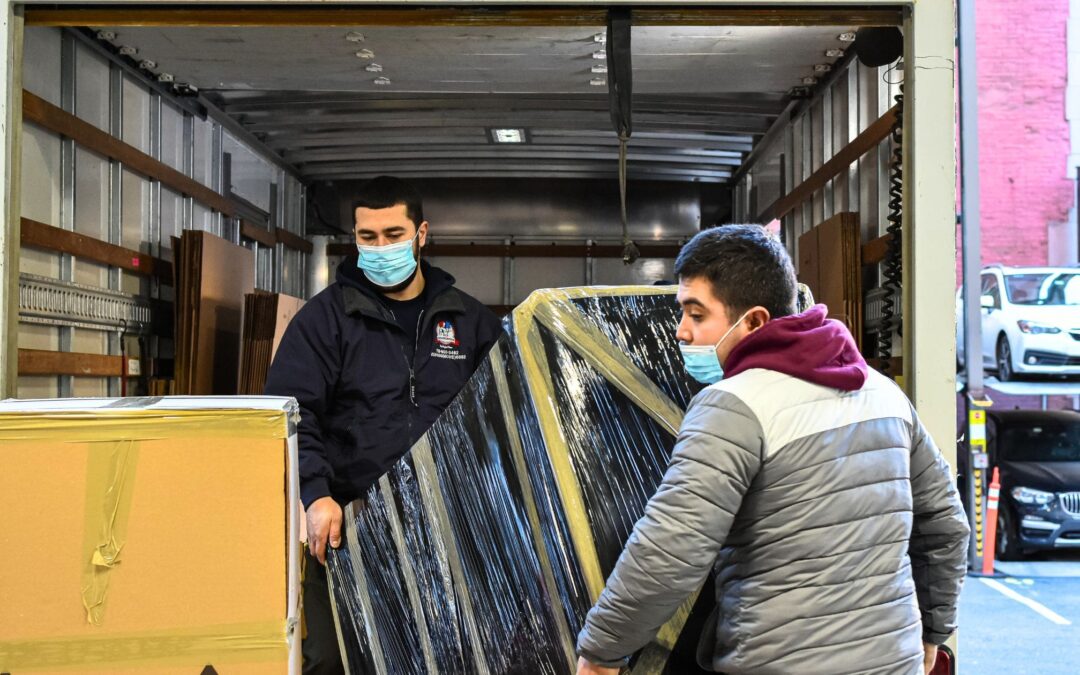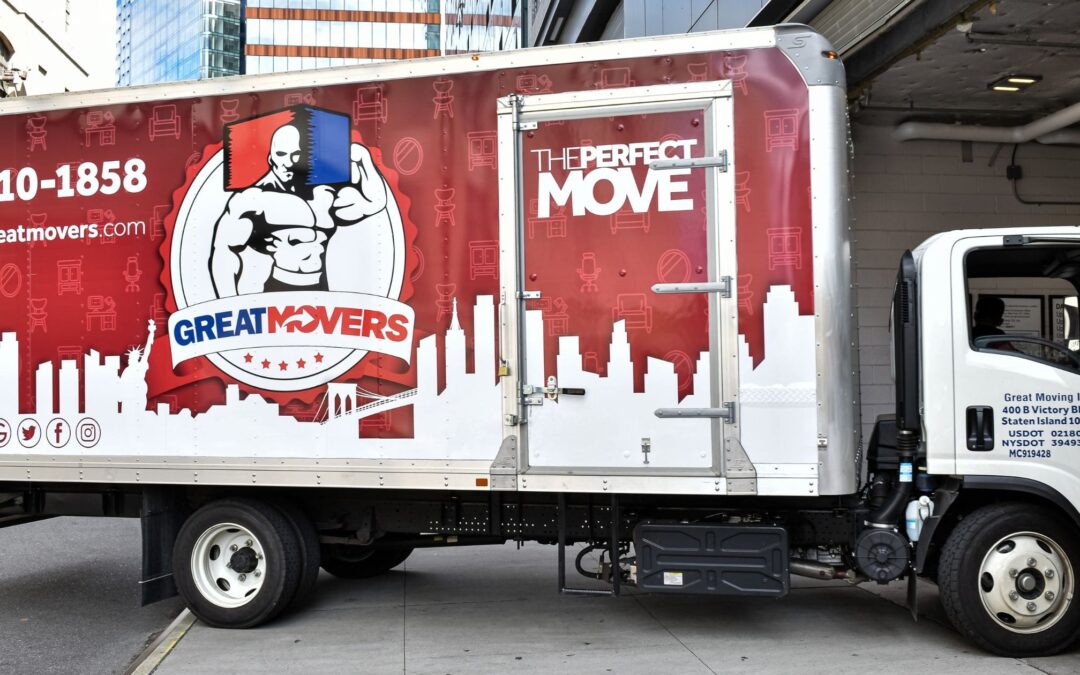Moving to NYC is exciting. There’s always something to do, and while it’s a highly competitive city, there’s also so many opportunities available. However, moving to NYC isn’t like relocating to a small town. You’ll need to do a lot of research and some strategy to find an apartment with reasonable rents in a neighborhood you like. So before you start packing your bags, here are a few things to consider before your NYC move.
NYC Boroughs
There’s more to NYC than Manhattan. In fact, the city consists of five boroughs, each broken down into several neighborhoods with their own culture and personality. For example, while Williamsburg and Park Slope might both be in Brooklyn, the vibe couldn’t be more different! Williamsburg tends to attract the younger professionals in their 20s, while Park Slope is home to young families in their 30s. As such, you’ll have more of a nightlife scene in one over the other. Deciding what’s important to you will help you narrow down your search and will also give you a general idea as to the overall cost of rent.
If you’re not familiar with the boroughs, they are:
- Manhattan – home to the Empire State Building, Central Park, Lincoln Center, the Met, and more! It’s the borough everyone thinks of when they hear NYC.
- Brooklyn – with more and more people moving to Brooklyn every year, it has quickly overtaken Manhattan as the most popular borough to live in. It has plenty of amenities and a diverse array of busy and quiet neighborhoods.
- Queens – People joke about Queens, but it’s a great option for those who work in Midtown Manhattan. Plus, it’s the most diverse borough in NYC.
- The Bronx – while the Bronx tends to have a bad rep, there are plenty of wonderful neighborhoods to choose from. Plus, it’s home to the largest park in NYC (Pelham Bay Park), Yankee Stadium, the Bronx Zoo, and the NY Botanical Garden.
- Staten Island – people tend to forget about Staten Island because it’s not accessible by subway. It’s the least populated borough, making it a great place for those who want the trappings of a suburban lifestyle but want to be close to the action.
Coming in as the unofficial sixth borough is Hoboken. Located directly across the Hudson, it’s one stop from the West Village via the PATH train, making it a closer commute than some places in Queens, Brooklyn, or the Bronx.
Cost of Living
It should come as no surprise, but living in NYC isn’t cheap! When compared to the national average, NYC is 129 percent higher overall with housing costs being 369 percent higher! What does that actually translate to:
- Energy bill – $200
- Loaf of bread costs – $4
- Gallon of gas – $4
- Rent – $2100 for a studio
Of course, you can find deals if you look hard enough. For example, shopping at Chinatown can reduce your groceries as you can get fresh vegetables and meat for significantly cheaper than local grocery stores. Rent will likely be your largest expense so if you don’t think you can afford it by yourself, get roommates! There’s no shame in it. In fact, around 40 percent of adult renters live with roommates. It helps reduce your overall expenses leaving you more money for saving or spending on all the amazing entertainment NYC has to offer.
Cost of Living Breakdown vs National Average
| Category | U.S. Avg (monthly) | NYC Avg (monthly) | % Difference |
|---|---|---|---|
| Rent (1-BR apartment) | $1,200 | $3,500 | +192% |
| Utilities (electric, gas, internet) | $200 | $300 | +50% |
| Groceries | $400 | $650 | +63% |
| Transportation (transit/gas) | $150 | $350 | +133% |
| Healthcare | $350 | $500 | +43% |
| Entertainment & Dining | $250 | $450 | +80% |
Note: Figures are illustrative monthly estimates for comparison. Adjust numbers to reflect your preferred data source or year (e.g., 2024/2025).
Still, if you prefer to live alone, the general rule of thumb is that you should make at least 40x the rent as your annual salary. So if you want to rent out a $2,000 apartment, you should make at least $80,000 a year. Luckily, while NYC is expensive, there is also more earnings potential here than anywhere else in the country, depending on your occupation.
Apartment Size
If you have only seen NYC apartments depicted in movies or TV shows, you’ll be very disappointed when you see what your $2,000 gets you. Most apartments in NYC are small. We’re talking under 700 square feet. If you’re used to living in a house or larger loft-like apartments, the small size will likely come as a huge shock.
Average Rent by Borough & Apartment Size (2025)
| Borough | Studio | 1-Bedroom | 2-Bedroom | 3-Bedroom |
|---|---|---|---|---|
| Manhattan | $2,800 | $3,500 | $5,200 | $6,800 |
| Brooklyn | $2,200 | $2,800 | $3,700 | $4,500 |
| Queens | $1,800 | $2,300 | $3,000 | $3,800 |
| Bronx | $1,600 | $2,100 | $2,800 | $3,500 |
| Staten Island | $1,400 | $1,900 | $2,500 | $3,200 |
Note: These figures are illustrative averages for 2025. Actual rents vary by neighborhood, building, and amenities.
The best piece of advice when it comes to moving into a small NYC apartment is to always see the apartments in person and bring your measuring tape! Most listings will not have a floor plan, so you’ll have no idea how that 400 square feet apartment actually looks. If you’re from out-of-state, find an AirBnB or other short term rental that allows you to stay for around a month so you can easily check out all the apartments you want while also checking out the neighborhood. When measuring the rooms, don’t forget to measure the doorways as well. If you plan on moving large furniture, measure the stairwell and entryways. Your sofa might fit in your apartment, but it doesn’t mean anything if it won’t fit through the front door.
Living in a small space means you’ll have to downsize a lot if you’re moving from a home or larger apartment. That doesn’t mean you have to get rid of everything; it just means you need to be more intentional with your packing and moving. You can also look up some articles and videos on how to organize small spaces so you can make the most out of it!
Taxes
If you thought you were getting a lot taken out of your paycheck before, wait until you move to NYC. Not only do you have to pay federal and state taxes, but New York City imposes a separate city income tax on top of the other two. The rate varies based on your income and filing status, but it boils down to less money each pay period.
NYC Tax Comparison vs Other Major Cities
| City | Income Tax (Combined) | Sales Tax | Property Tax (per $1,000) | Notes / Context |
|---|---|---|---|---|
| New York City, NY | ~10.5% | 8.875% | $21 | Includes city income tax, state income tax, and MCTD surcharge |
| Los Angeles, CA | ~9.3% | 9.5% | $7 | State income tax + local sales tax, moderate property tax |
| Chicago, IL | ~4.95% | 10.25% | $23 | Lower income tax but higher property and sales taxes |
| Miami, FL | 0% | 7% | $10 | No state income tax, moderate sales and property tax |
| Seattle, WA | 0% | 10.1% | $11 | No income tax, but high sales tax |
Note: Tax rates are approximate and may vary based on income, property value, and filing status. Always check local and state tax authorities for exact rates.
On top of that, you also deal with a city sales tax of 4.5 percent and a 0.375% Metropolitan Commuter Transportation District Tax on top of the New York State sales tax of 4%. Luckily, you don’t have to pay sales tax on everything, but it is applied to:
- Tangible personal property
- Gas, electricity, phone services, and HVAC services
- Food and beverages are sold at restaurants, taverns, and caterers
- Hotel occupancy
- Certain admission charges and dues
- Selected services
NYC also adds extra taxes on top of the sales tax. Hotels charge an extra $1.50 per unit per day, and parking services charge an extra 6%!
Transportation
Say goodbye to your car if you have one! NYC has an excellent public transportation system that can get you everywhere within the five boroughs by subway, bus, or ferry. If all else fails, you can take a cab or rideshare to get where you need to go. In most cases, having a car can be a hindrance. It’s hard to find street parking, and parking in a garage is incredibly expensive. Plus, NYC traffic is horrendous as you have to navigate the narrow streets and deal while dealing with aggressive drivers.
Besides public transportation, most New Yorkers rely on their own two feet to get around. Walking in NYC is a given, considering it can often be faster to walk somewhere than drive or take a train. Plus, it can be an enjoyable experience as you get to admire the architecture, explore different neighborhoods, and discover new restaurants and stores. New Yorkers walk fast, though, so you’ll want to either get used to walking briskly or learning to step aside to let other people pass.
Commuting Time Comparison by Borough
| Borough / Area | Approx. Average Commute Time* | Notes / Context |
|---|---|---|
| Bronx | ~42.8 minutes | Average travel time for workers living in the Bronx across all modes of transport. |
| Brooklyn | ~41.1 minutes | The average commute for Brooklyn residents to their workplaces. |
| Queens | ~40.8 minutes | The average commute for Queens residents, considering subway, bus, and car. |
| Staten Island | ~31.8 minutes | Staten Island commuters generally have shorter travel times. |
| Manhattan | Varies / generally lower | Many Manhattan residents live and work in the borough, so commutes tend to be shorter. |
*“Average Commute Time” refers to the mean travel time for workers living in each borough, including all transport modes.
If you’re more of a cyclist, New York is getting better at adding bike lanes and encouraging more bike traffic. Biking is often the fastest way to get to your desired location, and it can be a great way to get in some exercise. Just don’t forget to wear your helmet and follow traffic safety laws, as you’ll be contending with drivers who are often in a hurry. If you don’t have a helmet, there’s a yearly NYC Department of Transportation program that offers free helmets.
Weather
Even if you’re used to cold or hot weather, it’s different in NYC, mostly because you’re outside for longer amounts of time than in other locations. During those hot and humid summer days, waiting in the subway stations for your train can be stifling. Winters can be brutal with the below-freezing temperatures, wind tunnels, and snow/slush. You’ll want to invest in clothes for all the seasons, especially in the spring or fall, as it can often be too hot for your winter jackets but too cold for just a light sweater.
When it comes to heating your apartment, your landlord/building owners will have that covered. However, during the summer time you’ll need to invest in a window AC unit. Newer units might have central air, but most do not. You might get lucky and find an apartment that has excellent airflow, but chances are you probably won’t get too much natural wind coming through your place. When installing an AC unit, remember that you cannot place one where there is a fire escape, so plan your apartment layout accordingly.
Ready to Move to NYC?
If all of this hasn’t deterred you from moving to NYC, then you’ll want to get moving! Rather than moving yourself and having to deal with all the crazy traffic and parking laws, you should hire NYC movers (like us). They will know the city like the back of their hand and have relationships with various building management to make sure your NYC move is a breeze.
FAQ
Will it cost more to move to NYC versus Brooklyn?
It depends on where you’re coming from, but in general there won’t be a significant difference in price as even the furthest point in Brooklyn is only about 1.5 hours away from Manhattan.
If I move to NYC from NJ is that considered an interstate or local move?
All NJ moves are considered local moves as we service the tri-state area.
Do you only do long-distance moves for people who already live in NYC or do you move people to NYC?
We do both! So whether you’re moving from or to NYC, we’ve got you covered.








